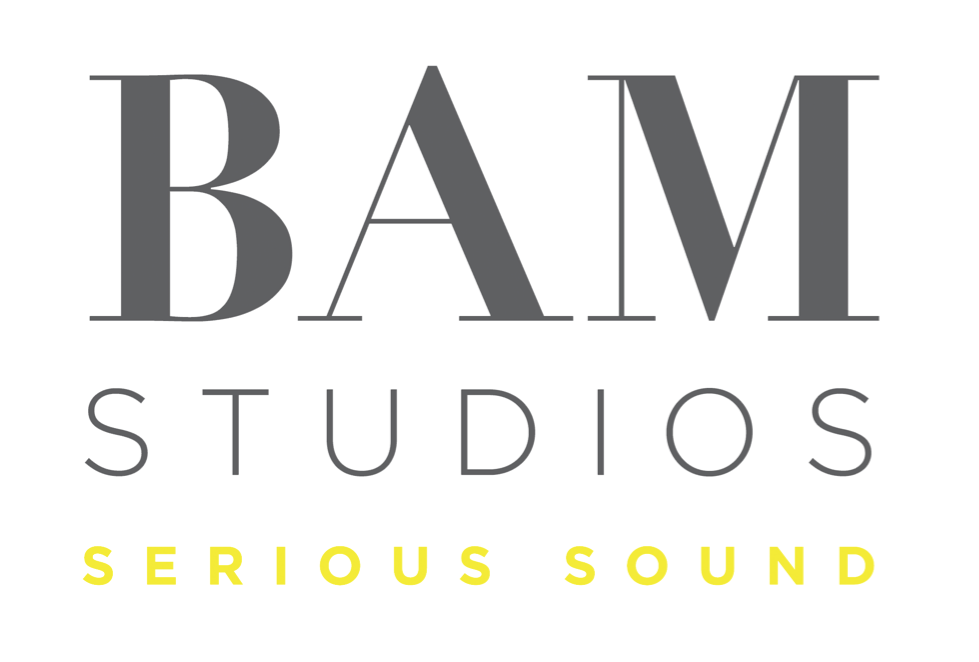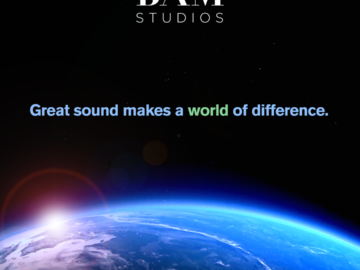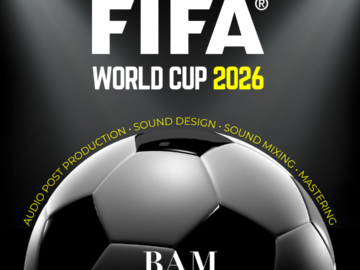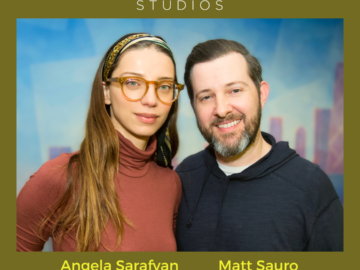New tools & preparation make audio post easier.
Aaron/Stokes Music & Sound in Minneapolis has made searching for music and sound effects easy for its staff and clients. Developed with Sonomic, the company’s on-line Q System puts an extensive array of libraries under one search engine accessible at the touch of a button. «Many libraries don’t have good search systems, and it takes a tremendous amount of energy to find what Aaron/Stokes Music & Sound – Tom Lindquist, Senior Sound Designer you want,» explains President Heidi Stokes. «With Q, our clients and staff can narrow down their search, audition their picks, tag what they like and send It into Pro Tools for the session.» A «raft of new plug-Ins that gives us a lot more flexibility to shape sounds in ways we never could before, get rid of noises and restore poorly-recorded sound» make Jimmy Hite’s day-to-day spot mixing easier. The chief engineer at Margarita Mix de Santa Monica says «the Waves audio bundle has some great plug-ins» and he likes Synchro Arts ‘VocAlign plug-in for ADR. The latter «allows us to sound-fit lines electronically,» he explains. «If you have a take that’s a great performance but not exactly in sync VocAlign can auto-adjust it.» At Chicago’s BAM Studio owner Brian Reed finds «it’s easy when the client is well prepared, has the elements together and has a clear Idea of what they want to walk away with.» His company takes a hand In prepping clients by asking «the right questions to get them ready for the session» then relying on Dlgidesign Pro Tools to make sessions more efficient. «The system integrates all aspects of what we do and that makes life so much easier,» Reed declares. BAM Studio Is outfitted with three Pro Tools systems, two of them HD models. According to Bob Giammarco, a partner in Phoenix-based audio Engine West, it’s all too easy «to do bad work. It’s easy to take the elements and go, then [present the finished product to the client] and say, ‘this is what you gave me.’ It’s a lot more complicated to engage the client, to ask to take a look at the source material and try to make it sound better.» The upside of what’s easy Is how technology has facilitated verslonlng and moving from one work In progress to another. «It has changed the way I work and do business,» says Giammarco.
Exercising creativity is fun the most fun jobs for Giammarco are those where «you really get to do a complete Job In audio» and don’t have to speculate how you would have created music and sound design elements. His team enjoyed working on the new two-hour History Channel show, Knights of the Tempiar with Aaron Casey cutting sound effects, Including Foley of actual chain mail armor, staff Composer Jason Camiolo crafting a «really dark and big» score with Logic 7 and Giammarco mixing on Pro Tools. Working with Minneapolis-based animation studio Wet Cement on the PBS kids’ series Auto B Good, In which a community of 3D cars display positive character traits, Is fun for Aaron/Stokes. «With animation we’re creating the environments because there’s no production sound,» says Senior Sound Designer Tom Lindquist. For Auto B Good that means music, sound effects plus the correct ambiance, «a step only high-end animated features usually take,» he notes. Another fun animated project, Roach Approach, a series of 3D animated Old Testament stories from Tampa’s Wacky World, had Lindquist stretching his Imagination to create sounds for a scary spider. For BAM Studio’s Reed, the most fun is the interaction with clients, both of long standing and brand new. «The more they like and trust you the more they say, ‘here’s the video, go crazy.'» A sound driven 90-second corporate Wal-Mart project presented Reed with six snippets of dialogue and a piece of music. He wound up «remixing the music like a DJ to make it exciting over 90 seconds, doing the sound design Integration, and weaving pieces of dialogue into the track,» he recalls. «It was a huge challenge.» According to Margarita Mix’s Hite, «getting everything done in the time allotted and making the client happy and feel good Is the most fun.» That goal is not always easy to achieve, however. «Audio post Is the last stage of the production process and often the one with the most time pressure and the budget has run thin,» he notes. «Spot mixing is pretty continuous slam dunk work.»
Difficulties arise from inexperience, lack of control it can be difficult when clients who don’t have a lot of experience with audio post want to spend time exploring avenues an experienced mixer knows are not going to work, says Hlte. «You don’t want to say, ‘no, you don’t want to do that,’ but you want to steer them to a good resolution of the problem based on your experience without seeming heavy handed.» The only thing audioEngine/West’s Giammarco finds truly difficult today is dealing with things outside his control such as «bad source material, especially if there’s no budget to improve it. It’s not always realistic to bring an actor back [for ADR] for what wasn’t captured well for a variety of reasons, Including a recording In really difficult locations.» He remembers a TV producer’s quest for accountability when It got to the mix and a character shot in an empty house sounded too reverberant. Giammarco finally had to say, «have you looked at where the actor is?» noting that «despite all our capabilities there are still a few things you just can’t do.» Nonetheless, «clients aren’t used to hearing ‘no, ‘» he observes. Bringing a project into the mix room is «like putting a magnifying glass on everything,» notes BAM Studio’s Reed.
It may be the first time the client has heard «the jet, the train, the buzz from the camera, people talking in the background. They’ll say we never heard this in the edit suite!» While such projects may cry out for ADR there’s rarely time for it with quick turnaround spots. One that did opt for ADR, however, was a three-spot medical campaign featuring a real doctor shot outside a hospital with traffic in the background. Margarita Mix’s Hite also believes the transition to surround mixing for spots won’t be without difficulties. «We’re starting to do more 5.1 surround mixing for HD spots,» he says. «Delivery and standards are still in flux right now but, at some point, there will be a quantum leap in how spots are delivered.»
Almost anything’s possible today BAM Studio’s Reed «always want[s] to say anything is possible» and has found that thanks to available tools «nowadays you can fix most anything.» He has even repaired tracks shot with early-model HD cameras that had digital clocking issues which embedded thousands of digital spikes in the audio. «They didn’t hear them on location,» he notes. «I used de-clicking software on some of the waveforms but had to manually redraw most of them because they were so short: An eight-second piece of dialogue could have had maybe 500 clicks in it.» Margarita Mix’s Hite joins the chorus in noting that even with today’s technology there’s just so much he can do with production sound recorded in poorly chosen locations. «Sound has come a long way but when you have a voice-over in front of a fountain or waterfall, at some point you’ve got to say ‘you have to loop this; it’s not salvageable.’ We can use all the tricks we have to clean things up, but a severely degraded recording leaves so many artifacts after processing that it no longer sounds natural.» Several recent projects at Aaron/- Stokes have demonstrated the complexity of crafting sound for picture. Approaching Foley as music for a Coleman camping equipment spot, Phil Aaron and Darin Heinis used found ‘Instruments,’ including pots, pans, sticks and pieces of nylon, to build a rhythm track evocative of rain tapping on a tent. Tom Lindquist also created sound to accompany silent black-and-white footage of the 1948 Democratic convention for a documentary on Hubert Humphrey. A large group of children playing in China was pitched down to create the right kind of din in an unintelligible language devoid of any contemporary English colloquialisms, Heidi Stokes explains. While TV shows like the CSI franchise employ magic sound-forensics boxes «to make sound appear» from nothing, Aaron/Stokes’ Lindquist notes that even their «remarkable» Cedar Dialogue Noise Suppression system «can’t make mumbling more articulate. People assume sound forensics can get rid of anything – Cedar works very well with steady-state noise like air conditioning, for example – but it will only make mumbling cleanly unintelligible.» audio Engine I West’s Giammarco quips that «nothing is Impossible but reading the client’s mind.» Seriously, he believes «the key to good results is achieving the right level of communications. If you don’t get a certain dialogue going you’ll never fully get what the client wants and chances are they won’t give you what you want.»




